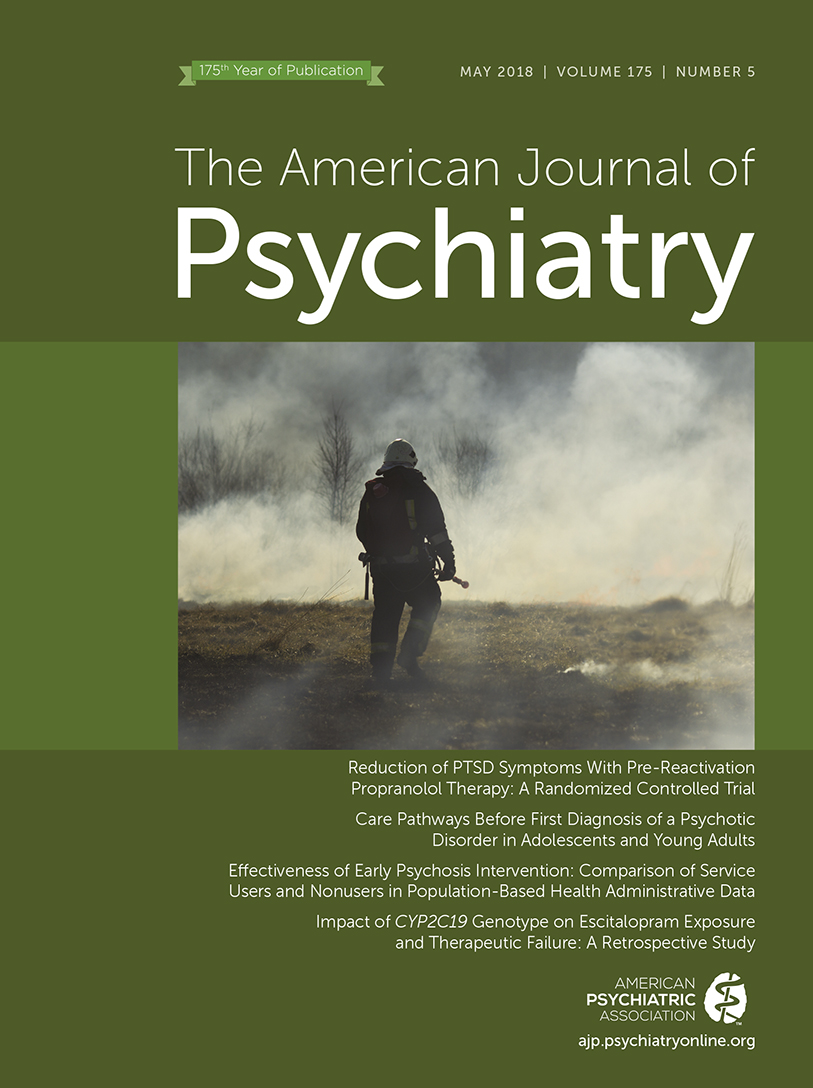Care Pathways Before First Diagnosis of a Psychotic Disorder in Adolescents and Young Adults
Abstract
Objective:
The authors sought to describe patterns of health care use prior to first diagnosis of a psychotic disorder in a population-based sample.
Method:
Electronic health records and insurance claims from five large integrated health systems were used to identify 624 patients 15–29 years old who received a first diagnosis of a psychotic disorder in any care setting and to record health services received, diagnoses assigned, and medications dispensed during the previous 36 months. Patterns of utilization were compared between patients receiving a first diagnosis of a psychotic disorder and matched samples of general health system members and members receiving a first diagnosis of unipolar depression.
Results:
During the year before a first psychotic disorder diagnosis, 29% of patients had mental health specialty outpatient care, 8% had mental health inpatient care, 24% had emergency department mental health care, 29% made a primary care visit with a mental health diagnosis, and 60% received at least one mental health diagnosis (including substance use disorders). Compared with patients receiving a first diagnosis of unipolar depression, those with a first diagnosis of a psychotic disorder were modestly more likely to use all types of health services and were specifically more likely to use mental health inpatient care (odds ratio=2.96, 95% CI=1.97–4.43) and mental health emergency department care (rate ratio=3.74, 95% CI=3.39–4.53).
Conclusions:
Most patients receiving a first diagnosis of a psychotic disorder had some indication of mental health care need during the previous year. General use of primary care or mental health services, however, does not clearly distinguish people who later receive a diagnosis of a psychotic disorder from those who later receive a diagnosis of unipolar depression. Use of inpatient or emergency department mental health care is a more specific indicator of risk.



